Data from the probe’s 1995 fireball has continued to confound those studying the mission. New simulations and faster computers point to bettering atmospheric entry vehicles.
The entry probe of the Galileo mission to Jupiter entered the planet’s atmosphere in 1995 in a fiery fashion. As the probe descended from Mach 50 to Mach 1 and generated enough heat to cause plasma reactions on its surface, it relayed data about the burning of its heat shield that differed from the effects predicted in fluid dynamics models. New work examines what might have caused such a discrepancy.
Researchers at the Universidade de Lisboa and the University of Illinois at Urbana-Champaign report their findings from new fluid radiative dynamics models using data transmitted from Galileo’s 30-second entry. The paper, published in Physics of Fluids, from AIP Publishing, employs new computational techniques developed in the nearly 25 years since the mission.
“Early simulations for the probe design were conducted in the 1980s,” said Mario Lino da Silva, an author on the paper. “There are some things we can do in 2019, because we have the computational power, new devices, new theories, and new data.”
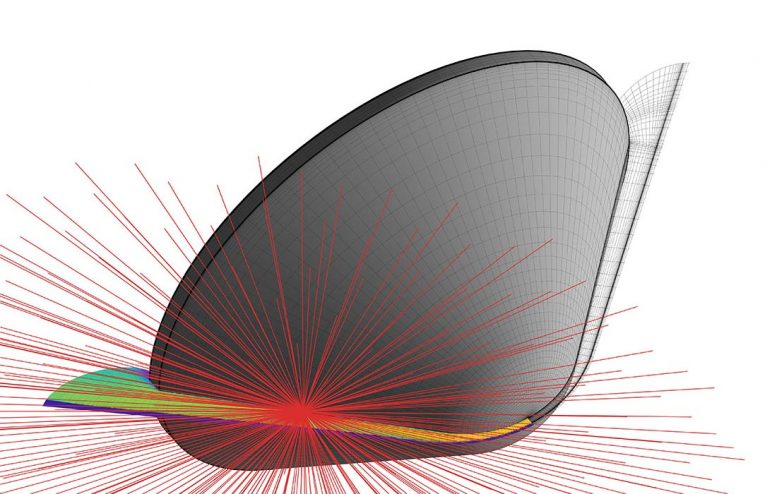
The entry probe of the Galileo mission to Jupiter entered the planet’s atmosphere in 1995 in a fiery fashion, generating enough heat to cause plasma reactions on its surface. The data relayed about the burning of its heat shield differed from the effects predicted in fluid dynamics models, and new work examines what might have caused such a discrepancy. Researchers report their findings from new fluid radiative dynamics models in this week’s Physics of Fluids. This image shows the high temperature flowfield around Galileo spacecraft upon entry to Jupiter, with ray-tracing algorithm distribution visualized. Credit: Luís S. Fernandes
Galileo’s probe entered Jupiter’s gravity traveling 47.4 kilometers (29.5 miles) per second, making it one of the fastest man-made objects ever. The fireball caused by the descent warmed the carbon phenolic heat shield to temperatures hotter than the sun’s surface.
Data from the probe revealed the rim of the heat shield burned significantly more than even today’s models would predict, measured by what is called the recession rate.
“The fireball is a kind of soup where a lot of things happen at the same time,” he said. “One problem with modeling is that there are many sources of uncertainty and only one observed parameter, the heat shield recession rate.”
The group recalculated features of the hydrogen-helium mixture the probe passed through, such as viscosity, thermal conductivity, and mass diffusion, and found the oft-cited Wilke/Blottner/Eucken transport model failed to accurately model interactions between hydrogen and helium molecules.
They found the radiative heating properties of hydrogen molecules played a significant role in the additional heating the probe’s heat shield experienced.
“The built-in heat shield engineering margins actually saved the spacecraft,” Lino da Silva said.
Lino da Silva hopes the work helps improve future spacecraft design, including upcoming projects to explore Neptune that will likely not reach their destinations until after he has retired.
“In a way, it’s like building cathedrals or the pyramids,” he said. “You don’t get to see the work when it’s finished.”
Lino da Silva next looks to validate some of the simulated findings by reproducing similar conditions in a shock-tube facility tailored for reproducing high-speed flows.
###
Reference: “Computational fluid radiative dynamics of the Galileo Jupiter entry” by Mario Lino da Silva, Luis dos Santos Fernandes and Bruno Lopez, 15 October 2019, Physics of Fluids.
DOI: 10.1063/1.5115264
Physics of Fluids
Physics of Fluids is devoted to the publication of original theoretical, computational, and experimental contributions to the dynamics of gases, liquids, and complex or multiphase fluids.


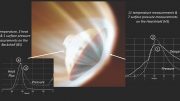
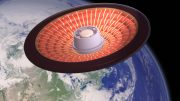
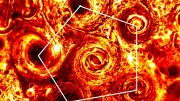


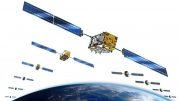
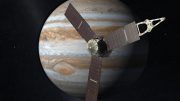

Be the first to comment on "Galileo’s Jupiter Entry Probe Vaporized – New Gaps Revealed in Heat Shield Modeling"